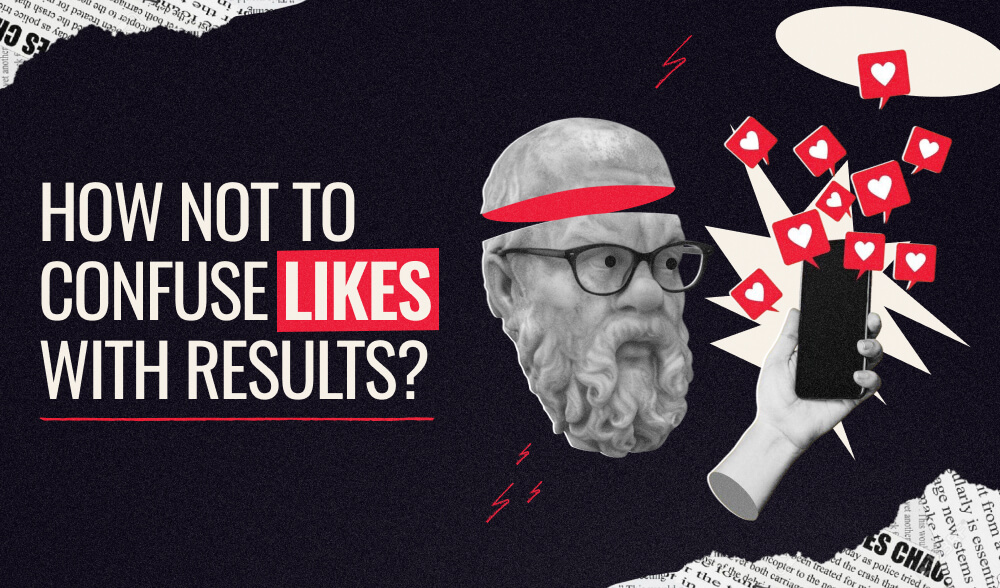Don't miss interesting news

Imagine the situation: you’ve written a series of blog articles, uploaded several podcasts, and are posting on social media every day. But when you look at your CRM, there are no sales. The logical conclusion? “The content doesn’t work.” And this is where most companies make a fatal mistake: they measure a cold audience with warm metrics.
Content at the start is not about instant checks. It’s about being seen for the first time, remembered, and returned. It does not “close” deals, it starts warming up. So, the KPIs here are completely different: time on page, repeat visits, depth of listening, reactions, and shares.
So the question sounds different: not “are there any sales from this,” but “do you start warming up a cold audience so that in a few steps it will bring sales?”
Sales are not the first step, but the final station. For a person to leave money, they first have to recognize you, trust you, and understand that you really solve their problem. And it is at this stage that the content “rocks.”
Content is:
Marketers call it a funnel: TOFU → MOFU → BOFU.
For example:
So the lack of sales doesn’t mean that the content is useless. It just works for another KPI, making the cold audience warmer.
Businesses often think: “no requests = dead content”. But this is a myth. There are a number of metrics that signal that your contentis already warming up a cold audience and preparing them for the next step. The main thing is to look at the right KPIs.
Here it is important to understand whether the user is reading or just “clicked and ran away.”
Podcasts are a story about depth and trust. It’s not about “how much you turn on” but “how much you listen to.”</span
An important point: these KPI don’t give you instant cash, but they show that the audience is warming up. And this is exactly the stage without which there will be no sales at all.
Social networks are the place where a cold audience first “clings” to your brand. The main thing here is to distinguish vanity metrics (just beautiful numbers) from real warm-up signals.
Trick: pay attention to “quality” comments. If people write “very useful, give me more”, “I’m saving it”, “how can I order it from you?”, it is much more valuable than 100 likes of the same type.
One of the biggest pitfalls of working with content is focusing on “pretty numbers” that don’t really mean anything. Likes, surface views, or quick clicks may create the illusion of success, but they don’t show whether the audience is truly interested and starting to warm up.
It’s important to distinguish between surface activity and deep engagement. The real warming up of a cold audience begins when a user invests their time and attention in your content: they come back, interact, share, or save. Everything else is just data for a beautiful report that does not give the real picture.
Without a system, any content evaluation turns into chaos: random numbers appear in reports, and conclusions are drawn based on emotions, not data. To understand whether content works for a cold audience, you need to build a clear measurement system.
Not every piece of content has to sell. Some content works for recognition, some for trust, and some for warming up.
Different formats serve different functions in the funnel.
One successful post or podcast episode does not give the whole picture. The real result is only visible in the trend. If the number of repeat visits increases, the percentage of listening to the end increases, or organic traffic gradually grows, this is a signal that the system is working.
Content rarely sells directly, but it does trigger a sequence of actions that leads to a purchase: content → engagement → subscription/return → warm-up → sale.
For example, a user finds an article on Google (content), reads it and goes to a few more pages (interaction), subscribes to a newsletter (return), receives a series of materials with value (warm-up), and leaves a request (sale) a few weeks later.
Conclusion:The effectiveness of content for a cold audience is measured not by the number of applications today, but by how it moves the user along the chain. If the audience is moving forward, the content is doing its job.